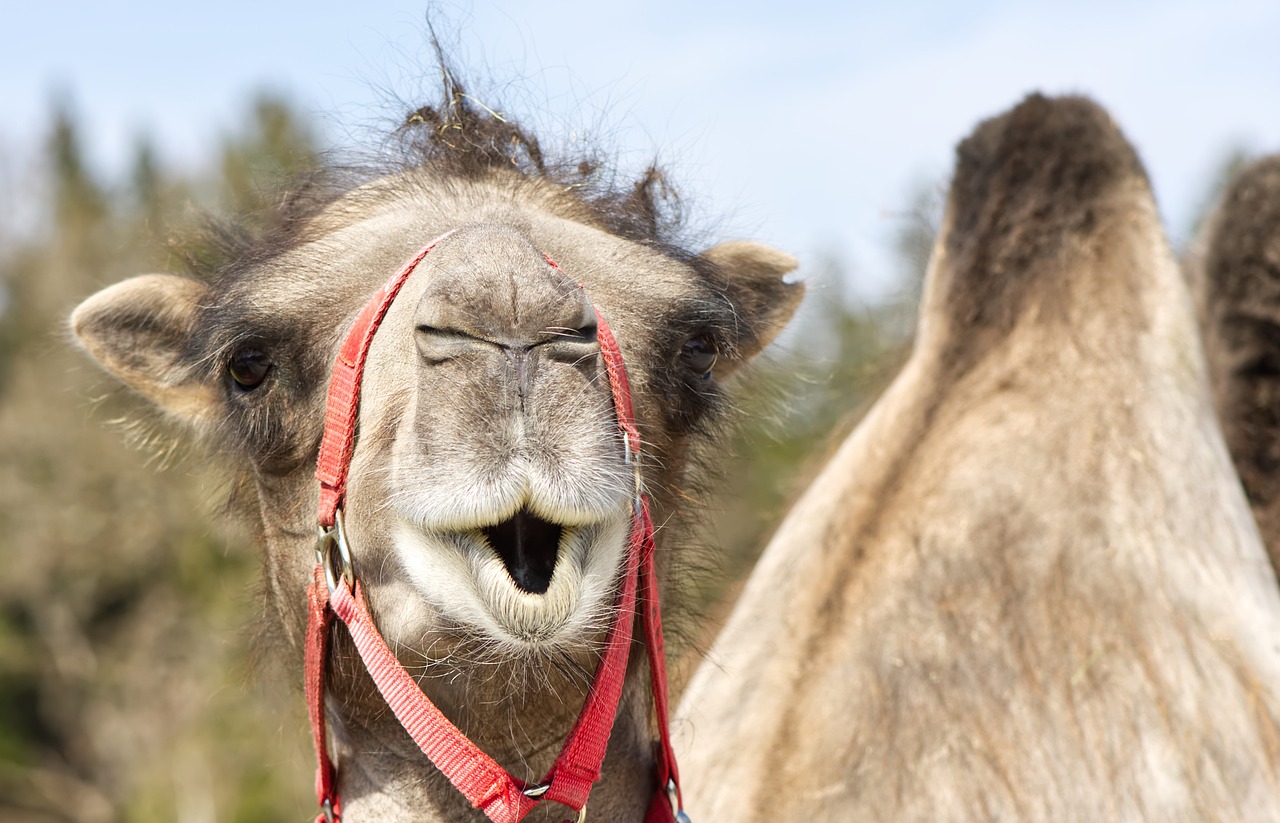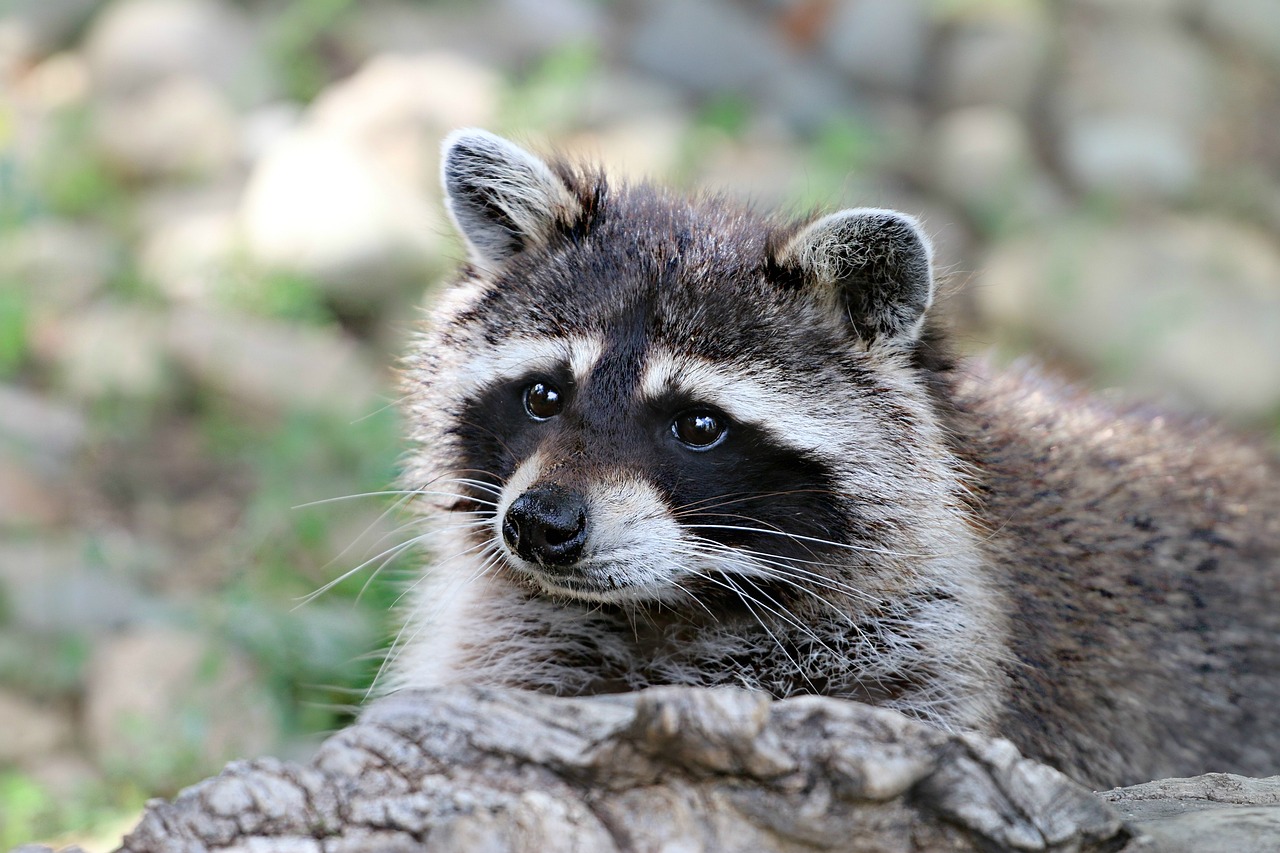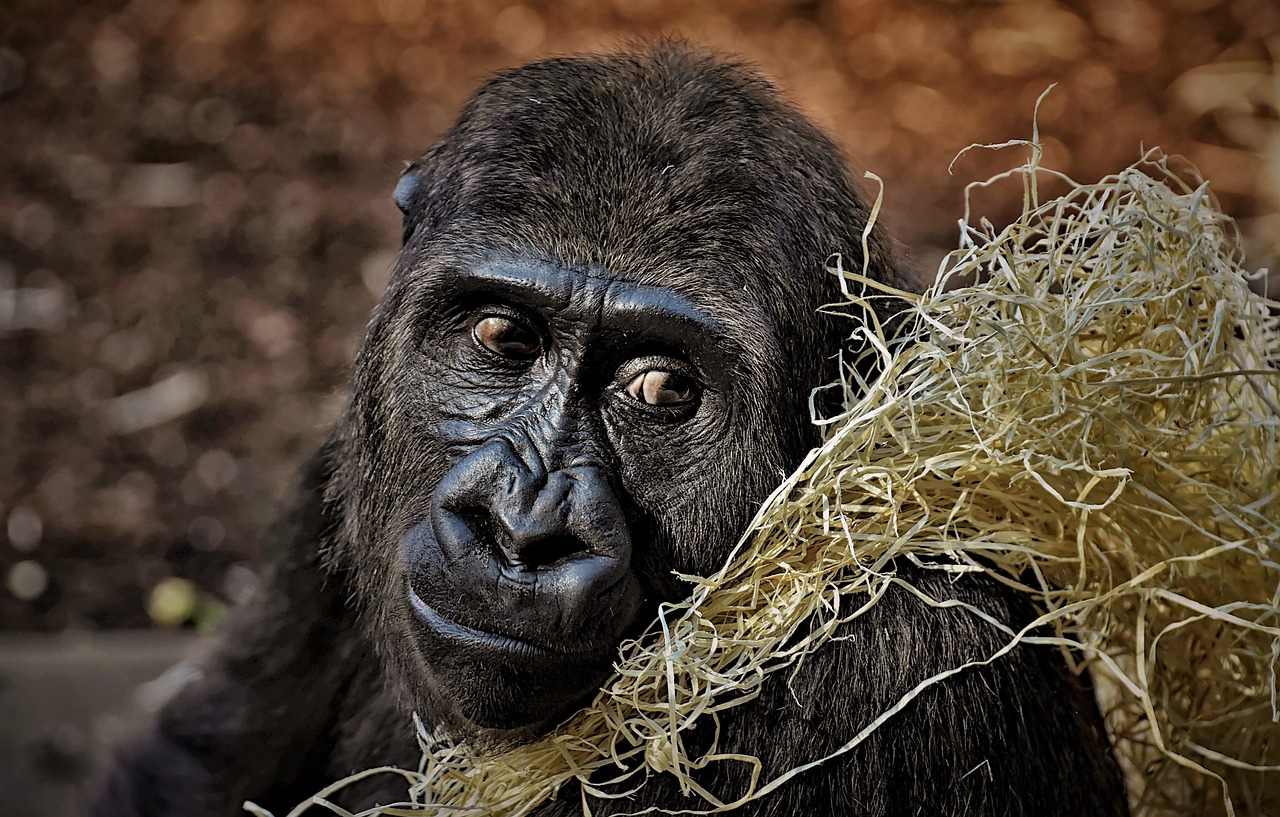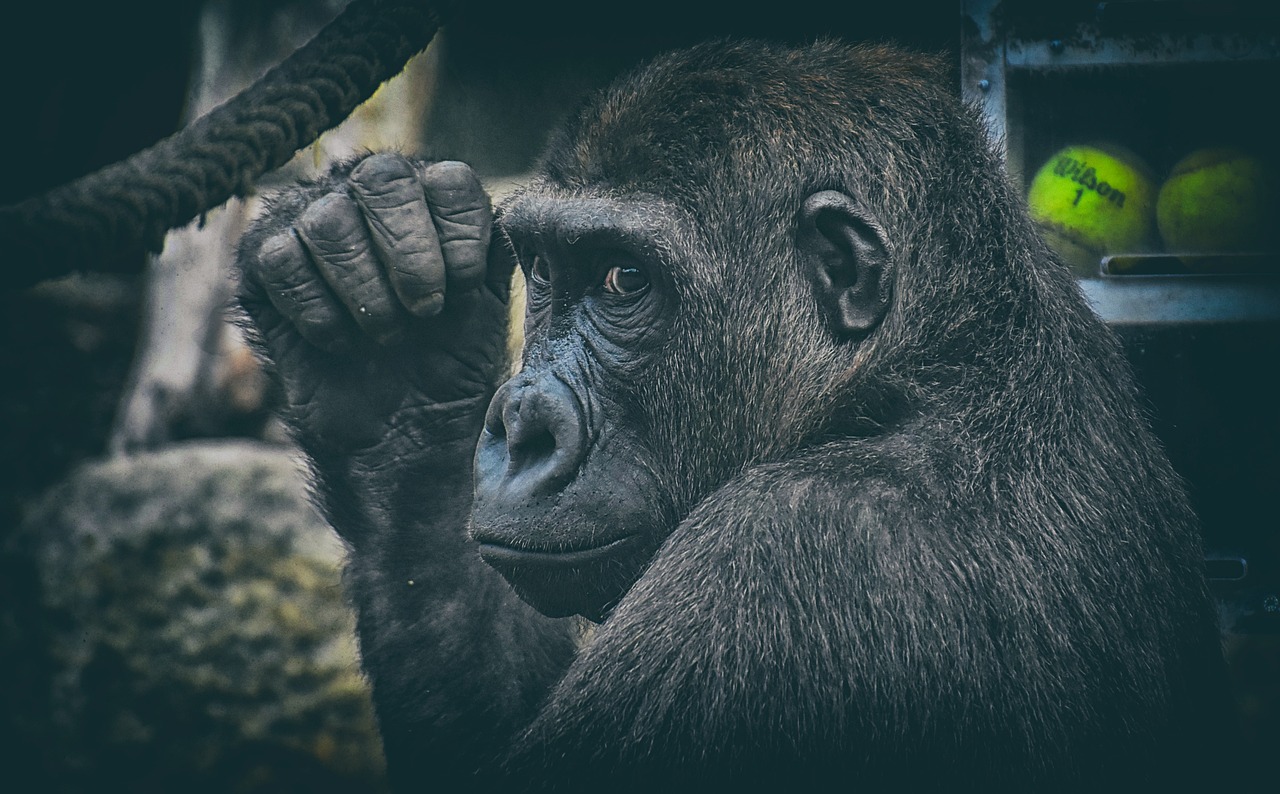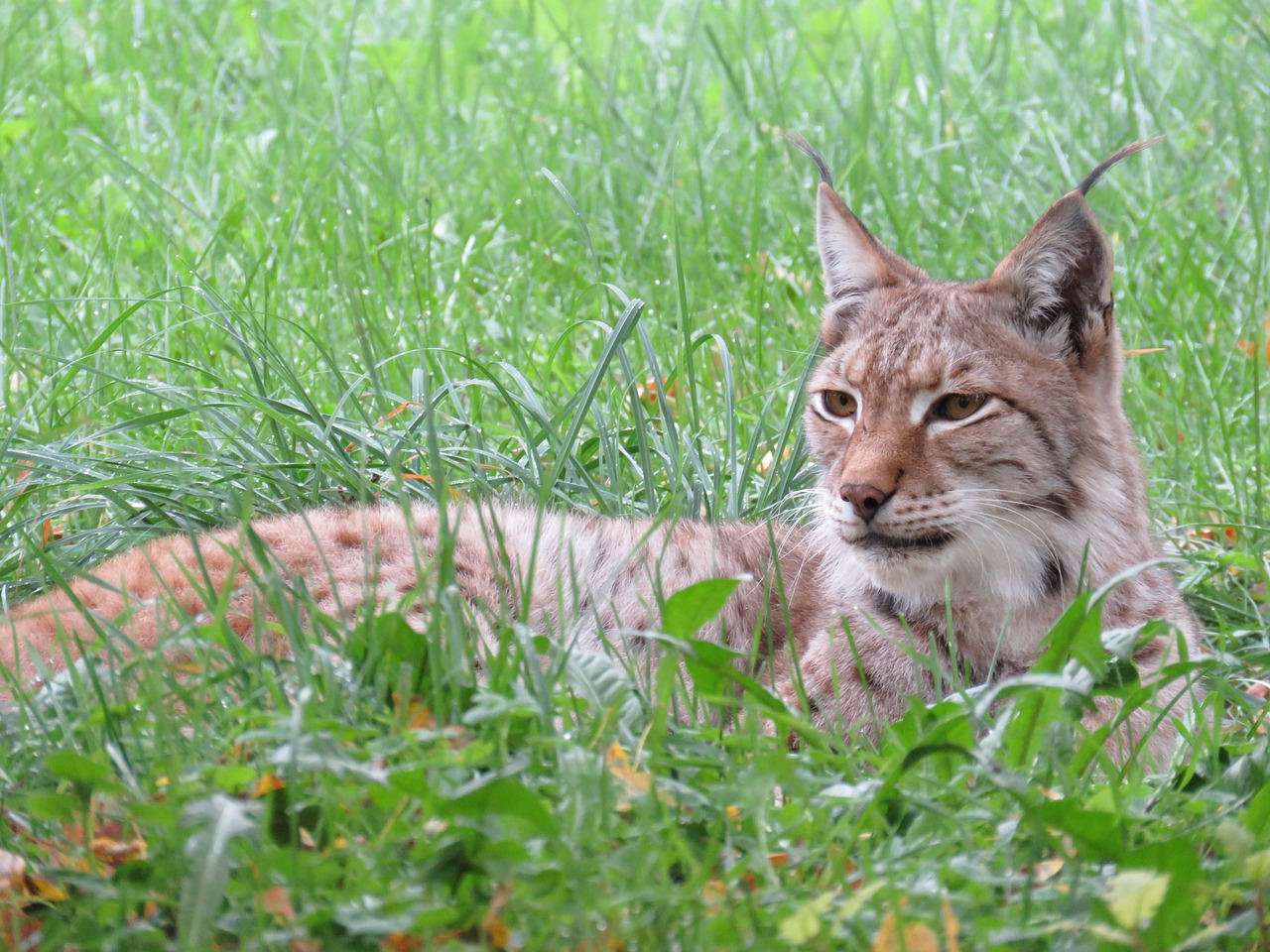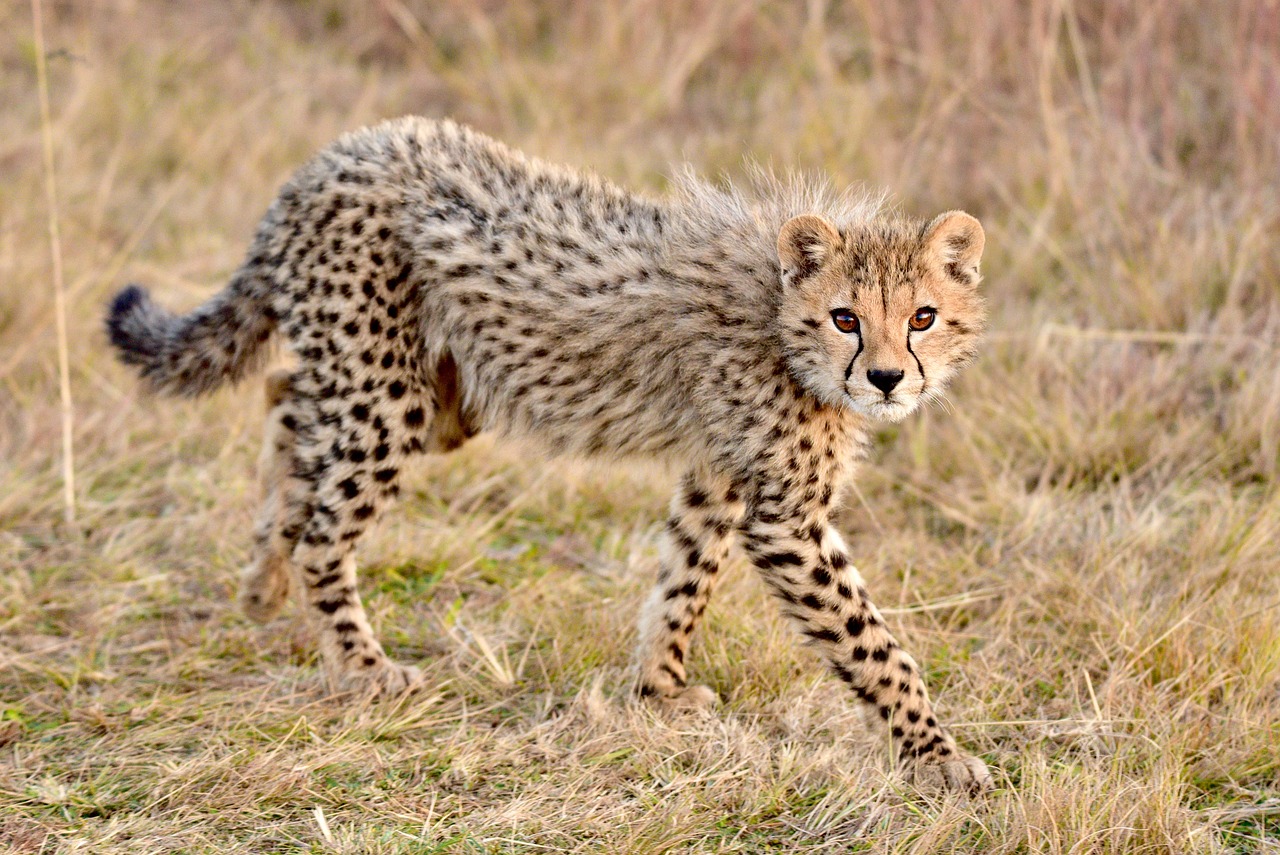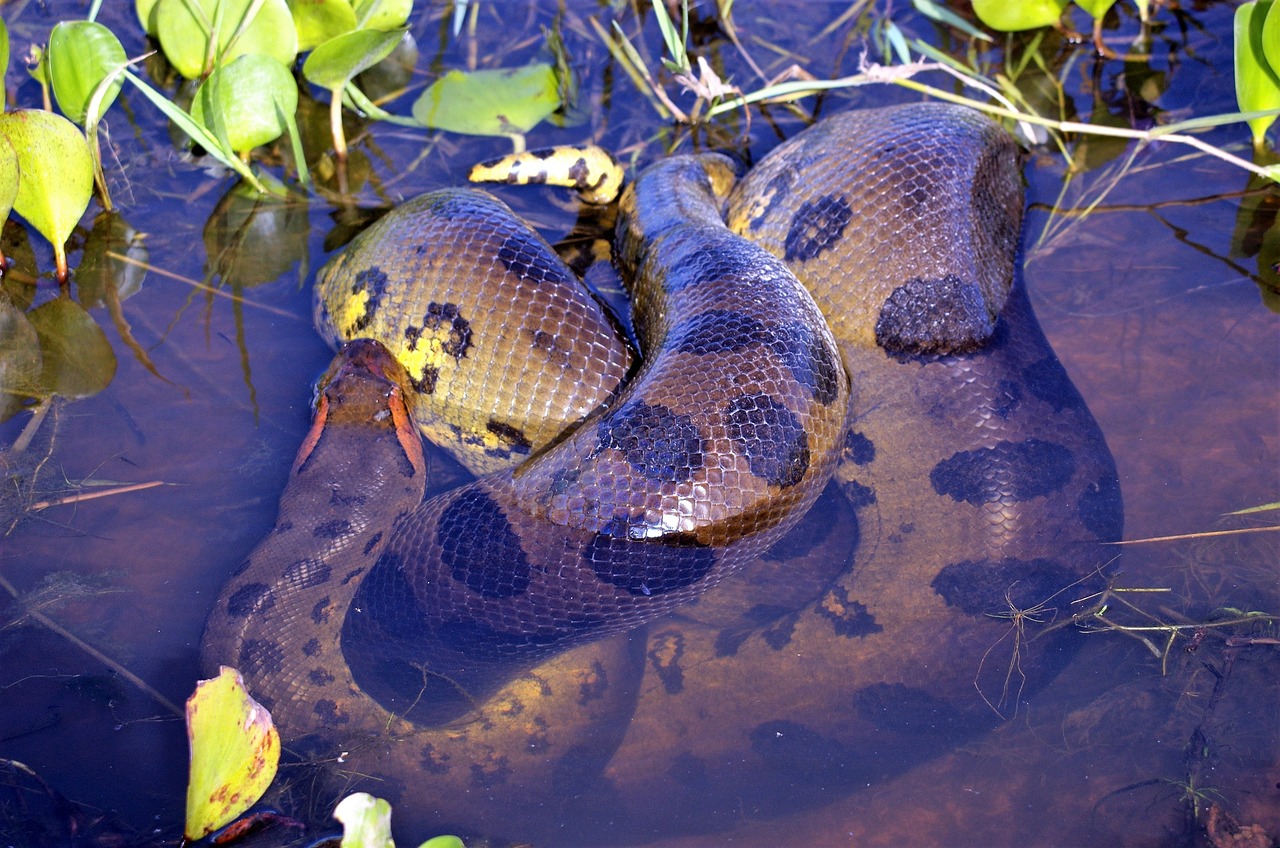
The anaconda, the largest and heaviest snake in the world, possesses remarkable strength and abilities that make it a formidable predator. With a bite force of approximately 900 pounds per square inch and a constricting force of around 90 pounds per square inch, anacondas can overpower and immobilize their prey.


